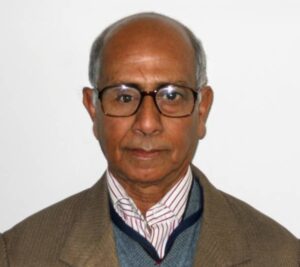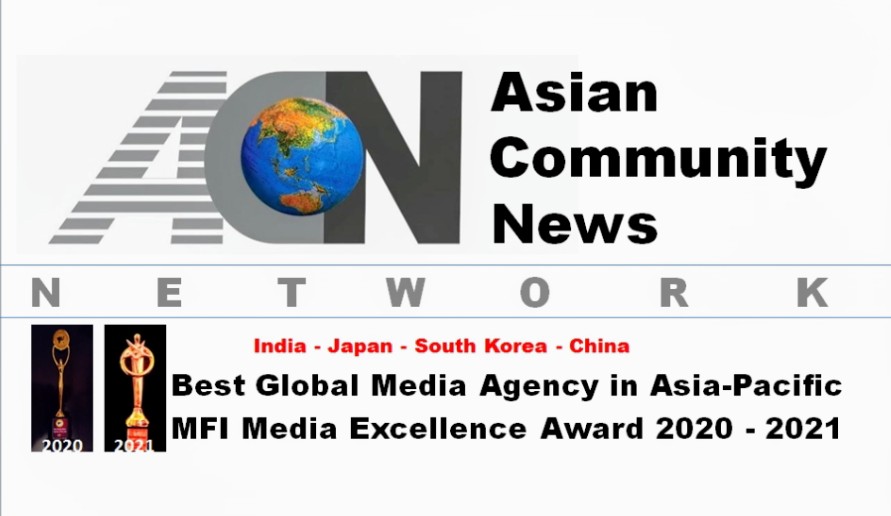Vaccine diplomacy: India to challenge China’s pre-eminence in South Asia
This article attempts to decode India's upsurge in vaccine diplomacy over China. India supplied COVID19 vaccine almost free to its neighbours in South Asia. When developed nations are restricting exports , developing nations like India is bent upon export , mainly on philanthropic ground .
By S. Majumder, Former Adviser, Japan External Trade Organization ( JETRO), New Delhi

OPINION: With COVID 19 spreading globally and dwarfing of pandemic a far distant, vaccine diplomacy has emerged as a new challenge for India and – China to win diplomatic and economic influences in South Asia. So far, China was using trade and investment mantle to exert its political and economic influences in developing and poor nations in South Asia and Southeast Asia. The COVID 19 shifted the power game to soft power influences.
The current wave of vaccine diplomacy between India and China triggered intensive debates over the sustainability of China’s pre-eminence in South Asia. According to Zingun Zhu, Chinese foreign affairs expert, China was the first major power to practice vaccine diplomacy through “ mask diplomacy “ and “PPE diplomacy”. China donated its manufactured vaccine to dozen of countries, but with riders. Eventually, Sinopharm – a Chinese-made vaccine – made a joint venture with UAE to make vaccines for local people.
In contrast, India supplied vaccine almost free to its neighbor, who are poor and developing economies, without any string. Over 74 percent of the vaccine distributed by India to its neighbour was on the grant. Philanthropic gestures preceded commercial interests in India’s supply of vaccines.
Notwithstanding COVID 19 ravaged economy, India earned an image of the rising sun in a new generation of the global pharmaceutical industry. It is reckoned as the “pharmacy of the world”. According to a survey of the Coalition for Epidemic Preparedness innovations ( CEPI), India, the USA, and China are the biggest manufacturers of the COVID 19 vaccine in the world. The vaccine is imported by 208 economies and against these, they are exported by 90 economies, according to an OECD survey. East Asia and South East Asia are the main sources of the vaccine. India is playing a lead role as a major source of vaccine supply, being both manufacturer and exporter, against the west who is restricting export as a part of the nationalization of their vaccines manufactured.
India launched the “ Vaccine Maitri” ( Vaccine friendly) movement in early 2021. It supplied vaccines to 74 countries as well as United Nations health workers by March 2021. Burying the hatchet of commercial interest, it supplied vaccine to its poor and developing neighbors as grant on a priority basis. This manifests how India’s philanthropic gesture to its poor and developing neighbours generate influences, who succumbed to China’s debt trap under Belt and Road initiative. India has pledged to supply 6.8 million free vaccines around the world and China committed half of this so far. “Vaccine Maitri” has raised India’s standing and generated great international goodwill, according to Foreign Minister S. Jaishankar.
Nonetheless, the goodwill gesture was quipped by China Foreign expert Zhigun Zhu as it was India’s damage control measure to regain diplomatic power in its neighbouring countries. According to him, India was losing its stake to the increasing influences of China in South Asia
Bloomberg applauded India’s vaccine empowerment over China. It said, “ India beats China at its own game in vaccine diplomacy fight”. So far, China pitched an upper hand in forging ties with developing nations, including India’s neighbors, by giving loans, but with riders, under Belt and Road Initiative. But, COVID 19 gave a diplomatic opportunity to India to become the global leader. Serum Institute of India has become the main supplier. Eventually, it gears up India to scuttle China’s influence in the region.
Sri Lanka, which fell prey to the Chinese debt trap and lost Hambantota port, was upbeat with the Indian supply of the vaccine. “Because of their gift, Sri Lanka has been able to start vaccination immediately”, according to Eran Wickramaratane, a Sri Lankan opposition leader.
Myanmar is another case in point to determine India’s edge over China in vaccine diplomacy. Myanmar, which underwent a military coup, was left in dark by a false commitment by China. It played a predominant role in Myanmar’s economy and is the biggest foreign investor. Beijing pledged to supply 300,000 doses of vaccine to Military Junta to subvert the pandemic. But, Myanmar is to receive the vaccine yet. In contrast, India has already delivered 1.7 million doses as committed.
Bangladesh is the largest beneficiary of the Indian COVID 19 vaccine. It received 9 million doses, of which 2 million were free. Myanmar received 3.7 million, of which 2.0 million was free. Sri Lanka received 1.3 million doses with 0.5 million free. Nepal received 2.4 million doses, with 1.0 million. The entire vaccine supplied to Bhutan was free. More than 70 percent of vaccines supplied by India to its neighbor were free.
The next major beneficiary group is African countries, such as Nigeria, DR Congo, South Africa, Ghana, Kenya, Sultan, Uganda, and Ethiopia.
India’s chauvinism for “pharmacy of the world” is exemplified by its behemoth in the pharmaceutical industry in the world. Indian pharmaceutical industry is the 3rd largest by volume and 11th largest in value in the world. Its annual revenue is the US $ 38 billion. It comprises 3,000 companies and 10,500 manufacturing facilities. It produces drugs at a third of US cost and half of the European cost, according to a Deloitte survey. India supplies 20 percent of world generics and 60 percent of its vaccines. Nearly, one-third of its exports go to the USA and about one-fifth is exported to Africa. India is the bedrock for global biomedical research. Bangalore is a case in point.
About the author: S. Majumder, has been an Advisor with the Japan External Trade Organization (JETRO), New Delhi (under the Ministry of Economy, Trade, and Industry, Government of Japan) for over four decades in the research department. He retired from JETRO on March 31, 2021. He is a regular contributor to national media and foreign online media, such as Eurasia Review, USA, and One News, UK.
(The views expressed in the article are personal of the author and do not necessarily reflect the point of view of the Asian Community News Network.)



